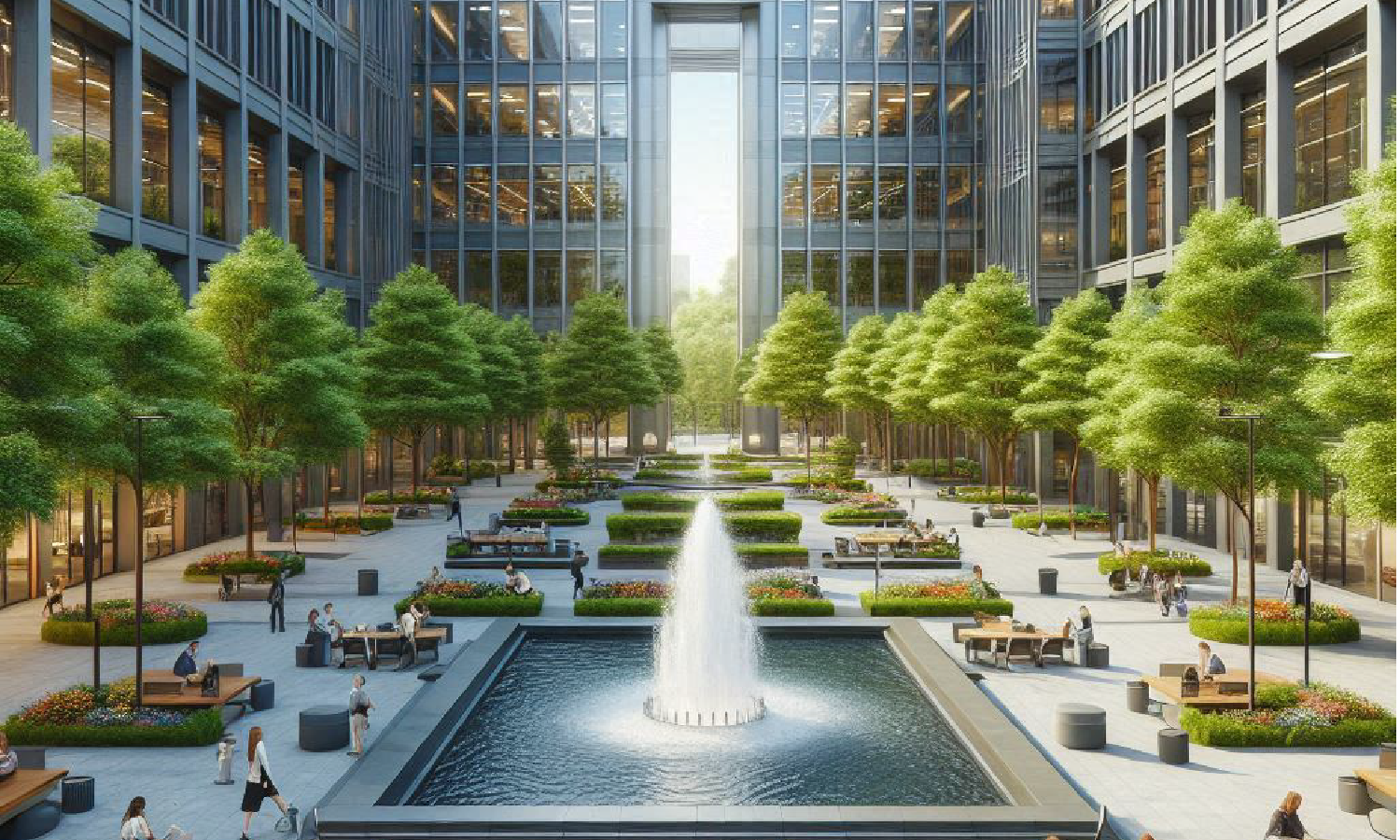Even before the onset of the COVID-19 pandemic, the retail banking industry was in a period of tremendous upheaval. Massive improvements in the capabilities of mobile banking have greatly diminished the utility of the traditional bank branch – especially in North Atlantic States and California. In these areas, four lane drive-throughs have become unnecessary, along with larger lobbies and expansive teller windows. The reduction in all personal interactions because of the pandemic further drove down customer visits to banks globally, leaving many to wonder – is the bank branch becoming an obsolete concept?
While undoubtedly many aspects of traditional banking have been replaced by digital tools, there are still numerous reasons why the bank branch has enormous value:
- There will always be benefits to the customer with positive in person interactions.
- The bank branch remains a critical location for milestones in the customer journey, like opening an account, closing a mortgage, and other key financial decisions. In these cases, the guidance of an in-person representative is invaluable.
- Branches can offer more services and customization to a client’s specific needs and situation, which a mobile app will remain incapable of.
- Authentic experiences remain a key value for millennial consumers – personal interactions are a meaningful way for banking brands to provide that.
Bank branches aren’t going away – their brand environments simply need to adapt to meet changing consumer demands. Trends that we expect to see as banks adapt:
Multipurpose Bank Settings
Retail banks have slowly started to replace a pure sales and transaction driven environment with unique and multipurpose brand environments. Capital One has deployed a café approach to bank branches, pairing a full-service coffee shop with retail banking services. Virgin Money has built cozy rooms across England that serve uniquely to provide customers with a physical location for relaxation.
‘Tiny House’ Banking
Large teller areas and expansive drive throughs have rapidly become antiquated. The bank branch of the future will be smaller with less tellers, more sitting space, and integrated technology. Smaller footprints will reduce rent and real estate costs but will require much more intentional brand environment design to maintain a sense of customer security and maximize the value of in person interactions.
Smart ATMs and Digital Interactions
Many banks have transitioned to smart ATMs and are piloting ITMs (interactive teller machines). These new devices are smartly integrated into the branch and are often available 24/7. ATMs and ITMs are capable of an expanded set of services, including money transfers, bill paying, crypto purchases/transfers, cell phone minute purchases, and micro-loan processing. ITMs allow banks to provide virtual teller services with human employees located in a centralized call center. Physically integrated Smart ATMs may be a critical method to expand the customer base to the estimated 22% of American adults who are unbanked or underbanked (2019 Federal Reserve Banking Report). These devices are also a way to break down language barriers for an increasingly diverse population.
As the industry endures massive changes based on mobile banking advancements, widespread M&A, and COVID based consumer behavior patterns, the physical branch will continue to be necessary and beneficial for most banks. However, those locations need to adapt their brand environments to accommodate diverse customer experiences, smaller locations, and the integration of modern technology platforms like Smart ATMs. Finding a brand partner who understands the best practices for the physical evolution of the modern branch will be critical to meeting rapidly evolving consumer demands and industry dynamics.




